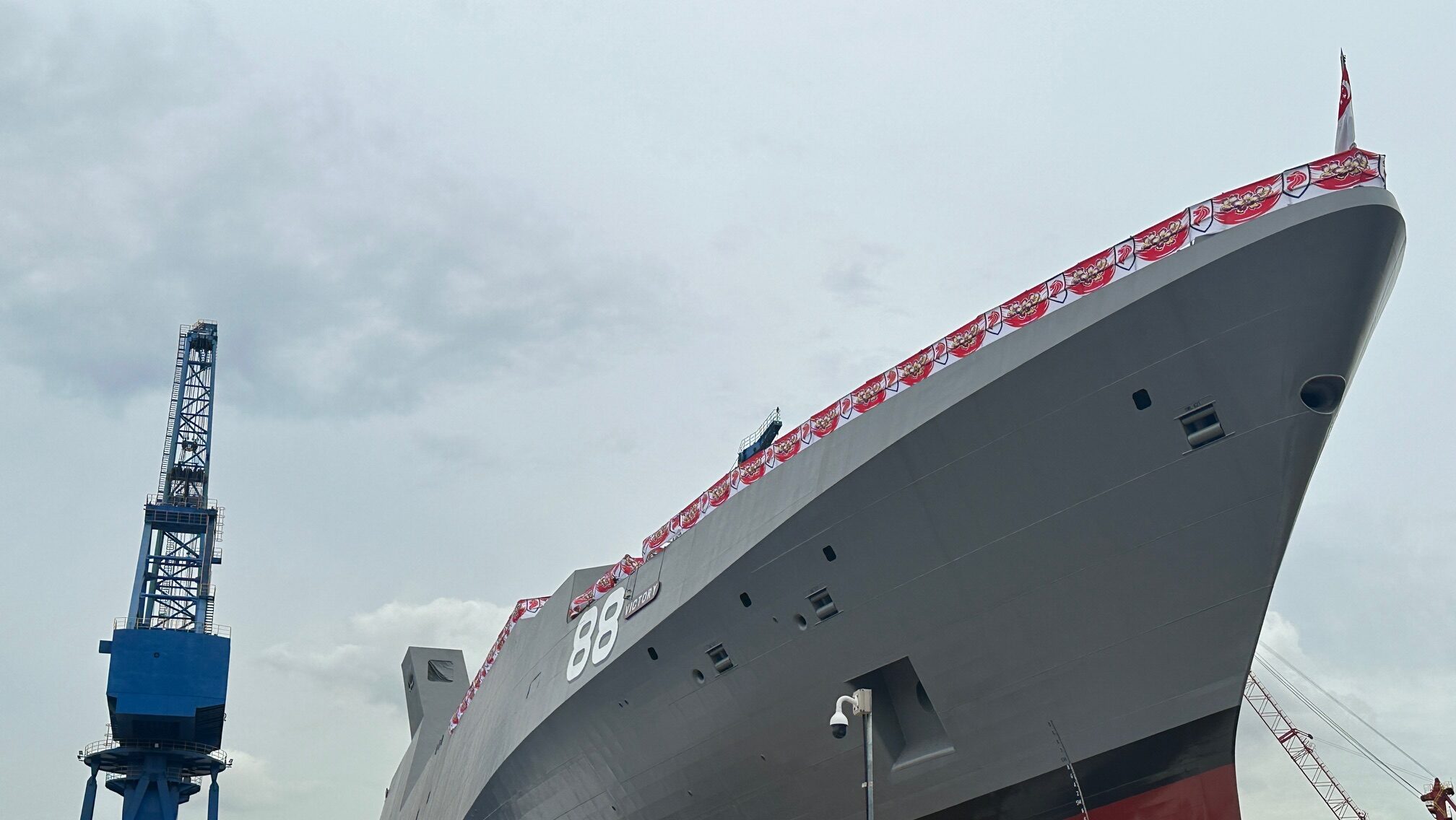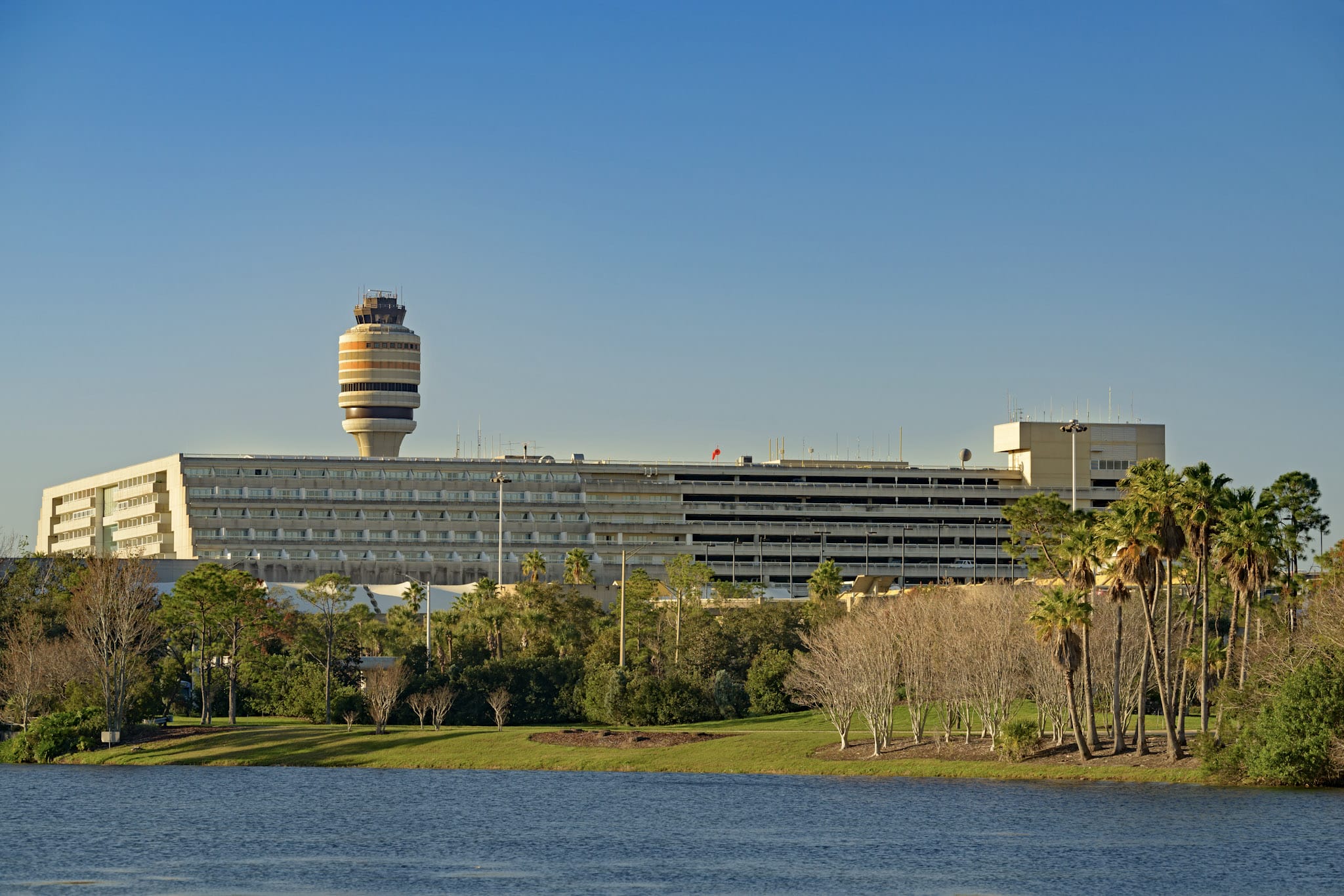Copyright Breaking Defense

SINGAPORE — Singapore has launched the first of a new class of multi-role warships that will double as unmanned systems’ motherships and are set to be the largest ships in its navy’s fleet. The Southeast Asian island nation’s defense minister, Chan Chun Sing, officiated at the launch of the lead ship of the Victory-class Multi Role Combat Vessel (MRCV) on Tuesday at the shipyard belonging to local defense contractor ST Engineering, which is building the six ships for the Republic of Singapore Navy (RSN). The ships will replace a similar number of missile corvettes currently operated by the RSN, and will all carry the same names as their predecessors. Singapore’s Ministry of Defence said in a news release that the MRCV is a high-end combatant designed to function as a mothership for unmanned aerial, surface and underwater systems for the conduct of naval operations and function as a command ship. Lt. Col. Auyong Kok Phai, the RSN’s Deputy Director of the MRCV program, told media at a Q&A session on the sidelines that Singapore did not want a like-for-like replacement for the smaller missile corvettes, but instead sought a design that leveraged on unmanned technology and would be future-ready for advances in technology. “The unmanned systems will be deployed on the MRCV and work in concert to expand the surveillance capabilities around the ship, increasing its operational so that a single MRCV can do the work in the air, surface and sub-surface domains that would require multiple manned ships now,” he added. Speaking at the launching ceremony, which was also attended by the chief of the navy as well as senior Singaporean military officials and industry representatives, Chan said that Singapore, whose economy is highly dependent on global maritime trade that moves through its busy ports, has to defend waters much further from its shores as its lines of communications extend beyond the mission of a coastal navy. “Singapore will continue to work with like-minded partners to make sure that the sea lines of communication in this critical part of the world remain open and accessible to all partners and stakeholders with an interest in this part of the world”, he added. As such, improved seakeeping of the MRCVs is part of the reason why Singapore selected a significantly larger ship, said Auyong. The MRCVs are based on the hull of the Iver Huitfeldt and Absalon-class frigates from Denmark’s Odense Maritime Technology (OMT), and measure 150 by 32 meters (nearly 500 by about 100 feet) and displace 8,000 tons, significantly larger than the 65-meter, 600-ton missile corvettes they will be replacing. A separate fact sheet issued by the ministry said that the ships will carry a mixture of Aster and Mica VL surface-to-air missiles from Europe’s MBDA, Leonardo Strales 76mm naval gun and two Rafael Mk 30-c remotely controlled weapon stations mounting a 30mm autocannon each. The Aster and Mica-VL missiles will be stored and fired from vertical launch cells, with a model of the ship at the ceremony showing 32 such cells. A helicopter deck will enable the ship to operate a medium-sized helicopter such as the Lockheed Martin Seahawk or two unmanned aircraft. The fact sheet said onboard sensors include a Thales multi-function radar, hull-mounted sonar and Safran Electro-Optical System. Auyong declined to identify the specific model of Thales radar, but it has been previously reported that it will be the four-panel Sea Fire 3D Active-Electronically Scanned Array that the French company says can perform sea and air searches as well as fire control. The MRCVs will also be fitted with surface-to-surface missiles, and although Auyong declined to name the missile system or reveal how many such missiles can be carried, these could be the Blue Spear developed by IAI and ST Engineering as they have been selected to arm Singapore’s Formidable-class frigates that are currently being upgraded. There were mounting points for at least four launchers in the ship’s missile bay area during a tour on board at today’s ceremony. The vessels will also be fitted with a composite bridge designed and built by Sweden’s Saab, with construction and systems integration performed by ST Engineering to requirements set out by Singapore’s Defence Science and Technology Agency, Saab said last year. The ships will also be highly modular and have a mission bay than can hold up to eight standard 20-foot containers for mission modules for a variety of missions such as medical facilities or unmanned systems control rooms. Singapore expects to commission the Victory into the RSN in 2028 or early 2029.



